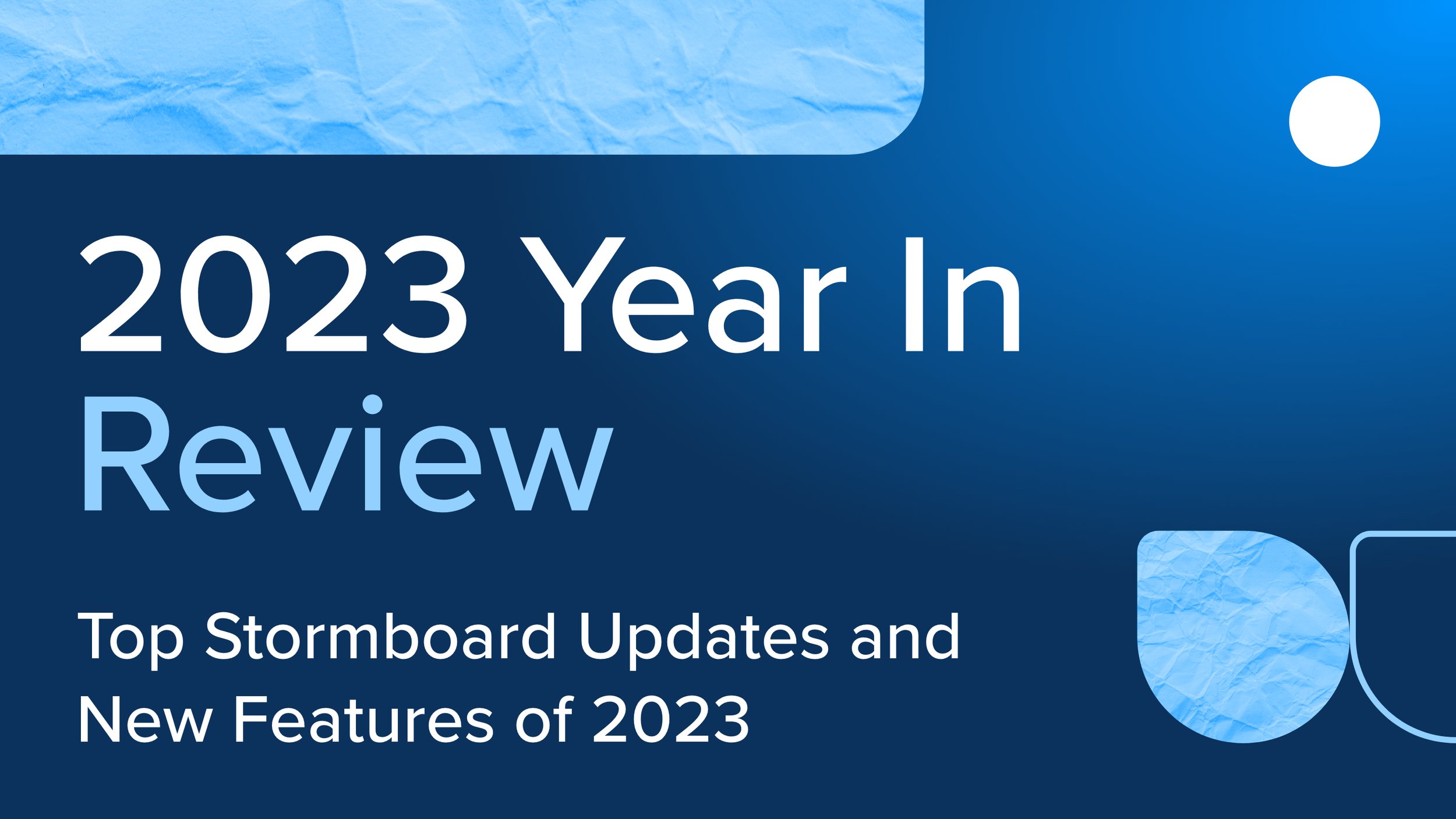Ditch Horrible Meetings and Do This Instead
If you haven’t heard, the consensus around the internet seems to be that meetings aren’t as effective as we once hoped. Here’s a little insight into why that’s true and what you can do about it.
The average office worker spends approximately four hours a week in internal meetings.
50% of those people consider these meetings to be the biggest cause of unproductive days.
91% admit to daydreaming in meetings.
60% take notes just to appear busy.
40% of people surveyed have admitted to occasionally falling asleep.
Based on these stats, it’s apparent that many meetings are a failure. Participants are not engaged, agendas and meeting goals are not being met and information is not being retained. So how do you make meetings work for your team?
Why a Meeting?
Examine whether having a meeting is actually the best approach. Is there a specific issue that needs to be discussed? A goal you’re looking to meet? Does your team freeze up whenever you get them all in the same room, or Mr/Ms talkative steals the show?Find a Collaboration Space
If you’ve asked yourself all these questions and you’re starting to realize why your meetings aren’t working, try an un-meeting information sharing space. What does this space look like for your team? Is it a whiteboard and sticky notes (works ok if everyone works in the same space)? Or a spreadsheet of some sort (boring…)? Maybe a virtual, real-time collaboration tool like Stormboard?Create a Process
Present a question or goal to your team and let them add their thoughts for a day, or maybe a week. This allows your team to come up with ideas in a low-pressure environment and add their input when it suits them.Keep it Focused
Once the ideas have been collected from your team you can bring them together for a meeting for a defined amount of time, with the information already collected being the focus of the meeting.Engage Your Team
If you choose a face to face meeting the chances are that you’ll find it much more useful, as everyone has had a chance to think through the topic at hand, write down their own thoughts, and read the thoughts of other team members. People retain information better when they have written and/or read it, as it accesses spatial memory, rather than just auditory.Keep a Goal in Sight
Have a discussion around each idea, vote on them if necessary, and then move on to creating an action plan. Try not to stray too far from the ideas and discussions that were presented in the pre-meeting prep.Take Action
If you’ve created an action plan during the meeting it will be easy for your entire team to see what needs to be accomplished post-meeting. You shouldn’t have to wonder why the ball got dropped after a meeting when responsibilities and tasks are clearly laid out where everyone can see them.









